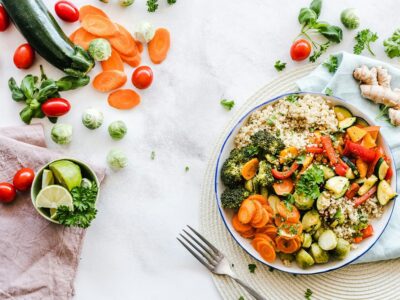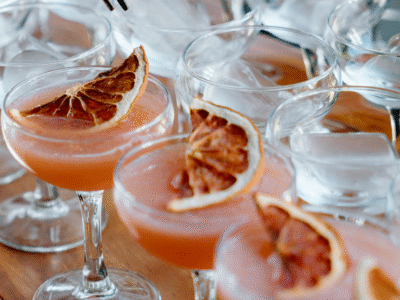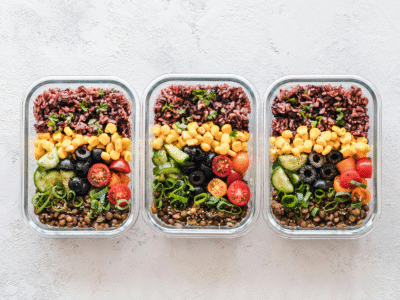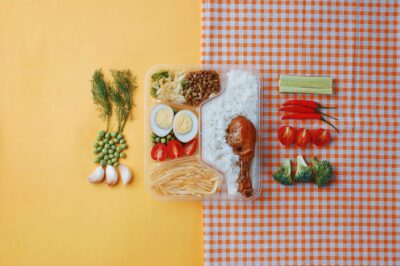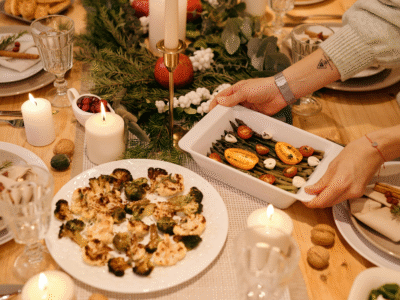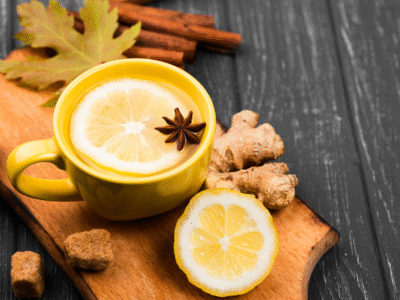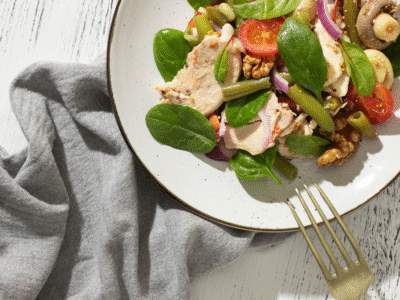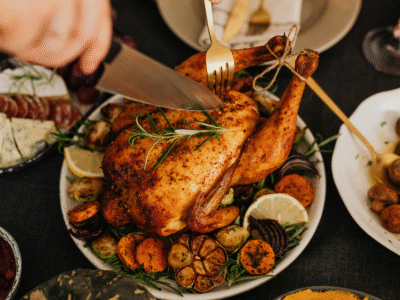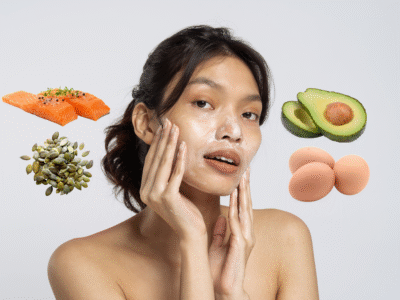Championing the importance of fresh food and how essential this is for your body to function properly, chef Paulina Nienartowicz shares what she learnt following a raw food diet — and why she has days off.
The raw food movement is largely about eating plant-based organic food prepared at a temperature no higher than 48C. Supporters say it’s far healthier than a typical diet, that uncooked foods are more nutrient-dense and that the process of cooking kills critical enzymes that are vital for rebuilding proteins.
Food is somewhat limited, but things you can eat on the vegan raw food diet include fruit, vegetables, sprouted grains, sprouted legumes, raw nuts and seeds. Without cooking, steaming, or roasting, all food is served cold or lukewarm and in its natural state in a bid to preserve nutrients.
With more than 70,000 followers on Instagram, chef and food blogger Paulina Nienartowicz specialises in raw food and is convinced of its feel-good benefits. She says: “I feel great after eating — full but light and with a lot of energy.”
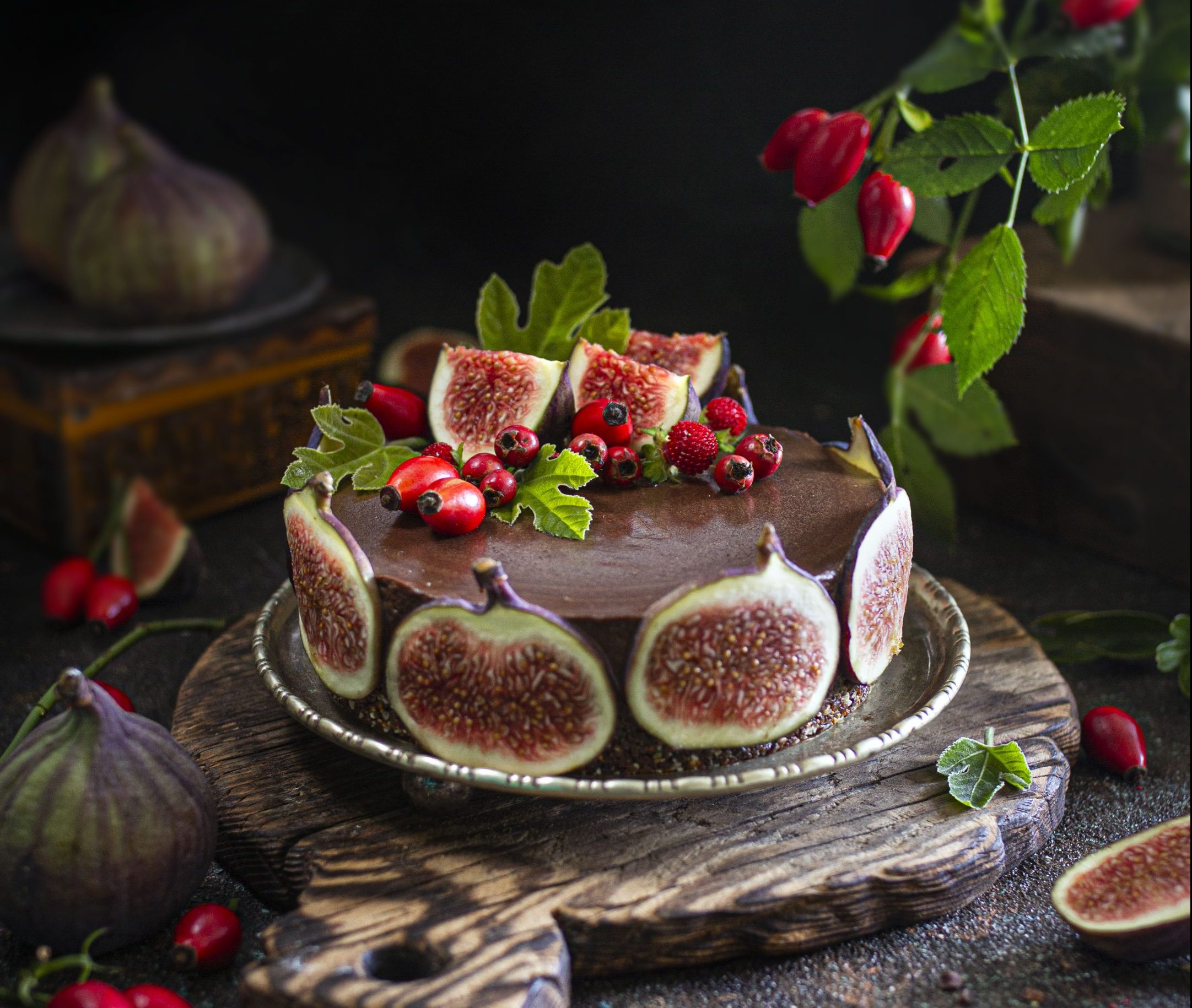
Of her cookbook The Art of Raw Food, Paulina says: “I wrote my cookbook not only for vegans but for everyone who wants to eat healthier and more nutritious food.” She showcases over 130 delicious raw food recipes for breakfast, lunch, dinner and dessert including soups, snacks, sides, dressings and even fermented food.
With her impressive food photography elevating the food to an art form, Paulina uses soaking, dehydrating, juicing and fermenting to prepare her foods in an effort to absorb as many nutrients as possible. She recommends setting the time aside to grow your own vegetables and making homemade fermented yoghurts.
“It took more than four years to collect and test all the recipes for the book,” she confides about her labour of love. Her creations include raw tomato crust pizza, and pecan, salted caramel and vanilla tart.
However, she reveals something that might surprise her followers: she’s not an all-round raw foodist and prefers a balance aligned with veganism. “I live with my partner who’s vegan but not fully raw and I work at a vegan restaurant where I specialise in raw food, but I still cook sometimes. In summer, I eat mostly raw, but in winter my body often asks for hot soups and stews.”
What are the health benefits of following a raw food diet?
Supporters of the diet purport that cooking destroys natural enzymes that are needed for human health and digestion, and that cooking destroys minerals and nutrients. Scientists have argued the very idea that keeping enzymes intact for far-reaching health benefits is rendered meaningless given that stomach acid breaks them down, and that some foods become more nutrient-dense after cooking.
As with many modern-day dietary trends, there’s limited evidence. One study found cooking peppers, green peas, spinach and carrot reduced vitamin C, while another found that following a raw food diet long-term resulted in less body fat. A 2019 study, meanwhile, reported that following a plant-based (but not necessarily raw) diet can have a significant health benefits.
Are there any risks to the raw food diet?
While eating more fruit and vegetables is an excellent way to improve overall health and reduce the risk of disease — raw or otherwise — nutritionist Kerry Torrens warns: “The challenge for raw foodists is getting enough protein, vitamin B12 and iron, as these nutrients are typically found in foods most of us prefer to cook: meat, fish, eggs and grains.”
Incorporating raw food into your diet is likely to be a good thing, but there’s no scientific reason why a plate of steamed broccoli or a roasted parsnip will do any harm. As Paulina puts it: “I always feel best when I listen to my body.” For beginners and advanced raw food eaters alike, Paulina’s advice could be well worth following.


